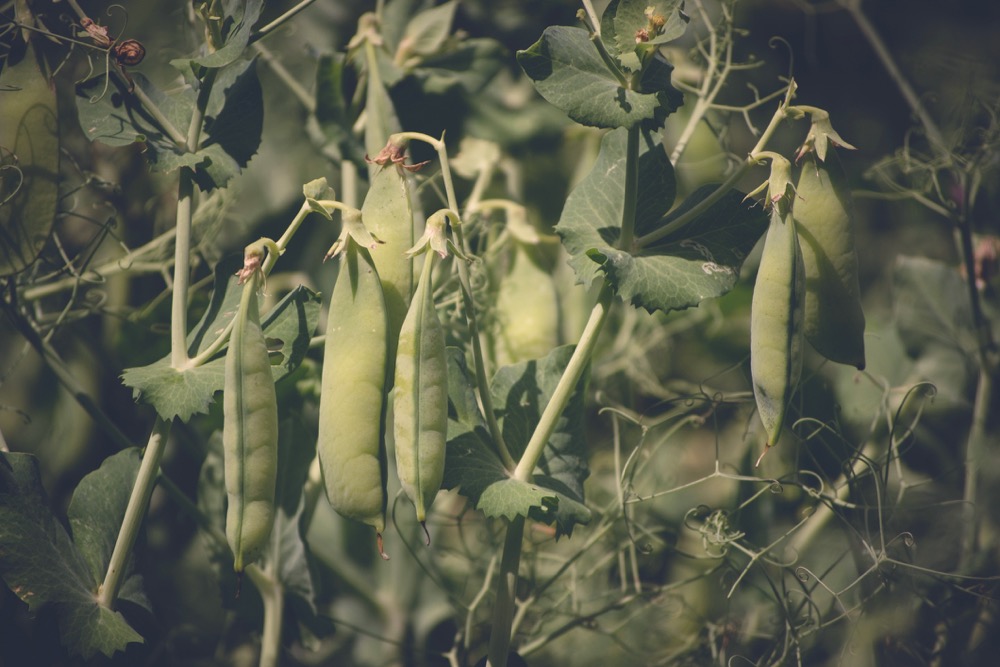Cooler temperatures accompanied by rain in most areas of the U.S. Midwest this week will boost prospects for the pollinating corn crop, an agricultural meteorologist said on Monday.
“Temperatures will definitely be cooler which will be good for corn and beans,” said Don Keeney, meteorologist for MDA Weather Services.
The corn crop was planted late this season which delayed the critical weather-sensitive pollination or reproductive stage of development to late July rather than the normal early July.
A turn to moderate temperatures and rainfall now will help boost U.S. crop production prospects and may keep corn prices at lower levels.
Read Also

Pulse Weekly: Yields coming into focus
Provincial agricultural departments are reporting pulse yields higher than Statistics Canada’s September estimates.
Chicago Board of Trade (CBOT) corn futures were down 4 cents per bushel overnight Sunday and early Monday due to the satisfactory weather for pollination this week.
The U.S. Department of Agriculture (USDA) last Monday said 16 per cent of the U.S. corn crop was pollinating or silking, well below the 35 per cent five-year average pace. USDA will release its updated weekly crop progress report at 3:00 p.m. CDT on Monday.
Keeney said much of the Midwest had rain over the weekend and more rain is expected early this week and again later in the week.
Most of the Midwest will receive from 0.25 inch to 1.5 inches of rain and high temperatures will fall to the mid-80s degrees Fahrenheit from the mid-90s, Keeney said.
“The area of concern about dryness is Iowa, northwest Illinois and far northern Missouri, these areas won’t receive much rain,” he said.
Commodity Weather Group (CWG) on Monday said roughly a third of the Corn Belt, mainly northeastern Nebraska, northern and central Iowa, southwestern Minnesota, central and northern Illinois and southwestern Wisconsin would remain dry but the lack of heat would boost corn pollination prospects.















